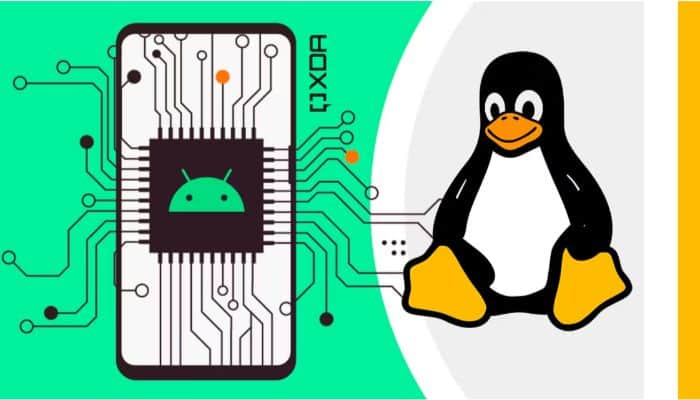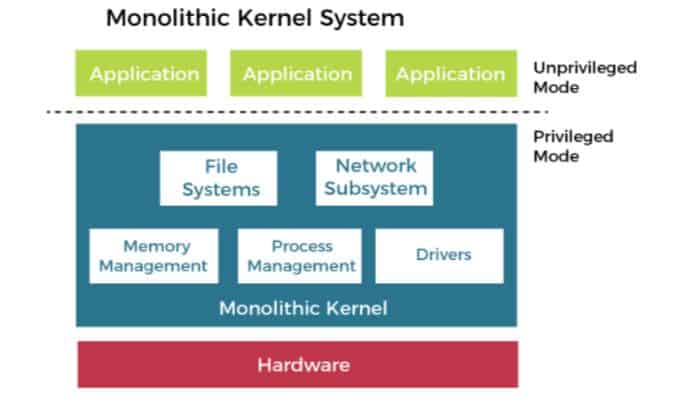Everyone who works with an operating system uses a kernel, perhaps without awareness. Every computer’s Kernel arranges processes and data. It acts as the brain and the link between software and hardware in an operating system. What is Kernel in Android? This indicates that the Kernel, a crucial element of an operating system, is used constantly.
The Kernel in Android is the brain of the operating system. It controls all essential hardware operations. The Kernel is a program that manages all processor and memory access and acts as the system’s brain. It has direct access to the hardware and is in charge of the most crucial drivers. It is the framework for hardware and software to interact and effectively control their resources. Some important aspects of Kernel include a closer look at it, Android’s future use in the Linux kernel, and Linux kernel operating systems.
Read below to learn about the complete explanation of Kernel in Android.
Update: Android 12
See Also: Technology Challenges Businesses May Face
Table of Contents
A Closer Look: What Is A Kernel?
What is Kernel in Android? Every operating system that supports multiple tasks has a kernel in one way or another.
- Every operating system has a kernel, including Windows, OS X, iOS, and Android. But only Android makes use of the best Linux kernel among those.
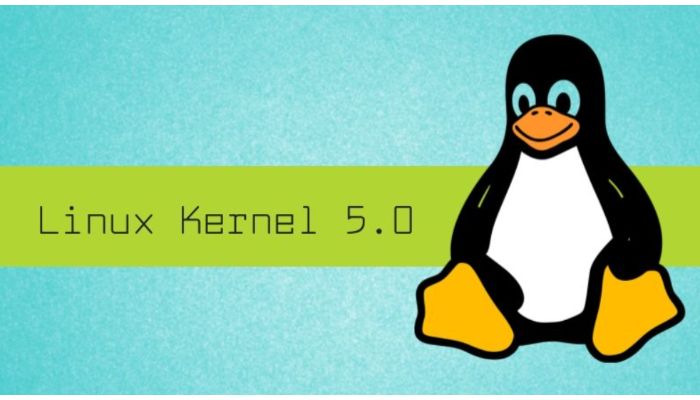
- Windows has its Kernel, commonly referred to as the NT kernel, whereas OS X and iOS use the Darwin kernel.

- Other kernels are available, including Unix-like ones from the FreeBSD, OpenBSD, and NetBSD projects, actual kernels from projects like FreeRTOS, embedded kernels from projects like Zephyr, and even low-power ones like Arm’s embedded OS kernel.
- Every computing device uses a kernel, including wearables, IoT devices, and supercomputers.
See Also: How To Download Apps To SD Card On Android
The Future: How will Android Use The Linux Kernel?
Linux’s popularity in kernel android quickly changes and has a future.
- Long-Term Support (LTS) versions of the Kernel support several years and offer a certain level of stability.
- Android-specific patches include the Android Common Kernels (ACKs) derived from the regular Linux kernel.
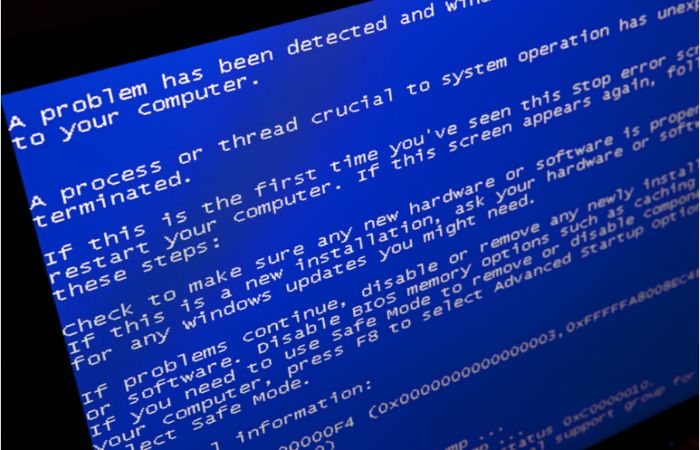
- The ACKs produce Generic Kernel Images as of Android Emulator 11 (GKIs). If the SoC and driver support include vendor modules, these 64-bit Arm kernels can utilize any device. By unifying the core kernel and transferring SoC-specific components out of the Kernel and into loadable modules, the problem of kernel fragmentation intends to solve.
- As a result, OEMs will have less work maintaining the Kernel because the hardware-specific parts are separate from the general Kernel.
See Also: How To Increase Internal Memory Of Android Phone
Operating Systems Of Linux Kernel
What is Kernel in Android? Quite a powerful piece of software, the Linux kernel. Its source code is made up of millions of lines. It covers the support for various system architectures and all the drivers. Not all source code is used when the Kernel is produced for a specific device, like a smartphone, but it is still complicated even when you remove unnecessary parts for a given build.
Monolithic, Microkernel, Hybrid
As with all complicated systems, various ways are employed when developing an android kernels list—monolithic vs. microkernel balanced scale with performance on one side and battery on the other.
- A monolithic kernel, like the Linux kernel, is one. It provides driver and hardware support capabilities and manages memory, processes, and interprocess communication. As a result, the Kernel only uses one program and one memory location.
- The microkernel technique is the primary option. The fundamentals of the Kernel include the smallest program feasible with microkernels, and they communicate with other kernel-level programs that function as independent servers or services.
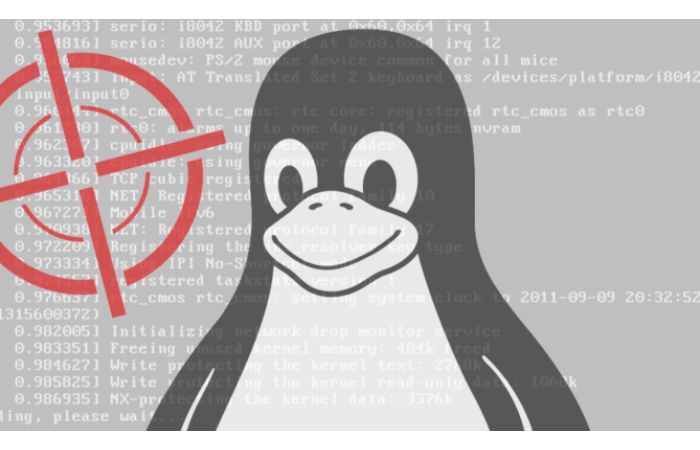
- Microkernel and monolith are combined to create a hybrid kernel. The huge Kernel can be divided into modules and is more compact. You may dynamically add additional kernel components. Linux and OS X both make use of them.
- What is the android kernel? Since the Linux kernel is a monolith, there must be a mechanism to enable and disable specific kernel components to your demands.
- This accomplishes by employing a mechanism that enables the Kernel to tune, trim, and customize as necessary during compilation.
- Some options alter the Kernel’s behavior rather than just activating or deactivating specific features. When developing and updating smartphone hardware features is helpful.
There is a community of developers and fans who offer alternate android kernel handsets because Linux is open-source, and the core of Android is open-source as well, owing to the Android Open Source Project (AOSP). However, your device’s specific brand and type determine its acceptance and accessibility.
See Also: WLAN Network Analyzer Apps
Role Of Kernel
What is Kernel in Android? Consider the computer as being separated into three tiers to comprehend better the Kernel’s role in the operating system:
- Hardware: The components comprise the system’s framework, including the processor, RAM, and input and output devices. The CPU performs calculations for memory and reading, writing, and other operations.
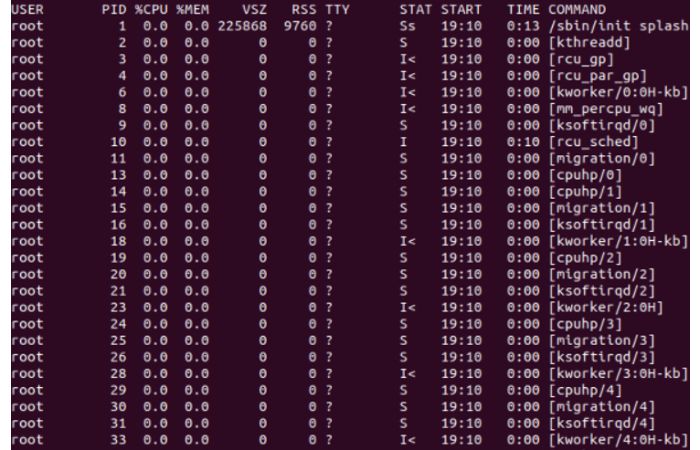
- User Processes: The operating system’s core component interacting with the CPU is known as the Kernel. User processes are any running processes that the Kernel manages.
Inter-process communication is often known as process-to-server communication.
A system’s code can run in either kernel version android mode or user mode. In contrast to user mode, where access restricts the SCI, the kernel mode code has unrestricted access to the hardware. Little happens if there is a user mode mistake. The Kernel will repair any potential damage. A kernel crash, however, can bring the entire system to a halt. Due to the security procedures in place, this isn’t very likely.
See Also: Best CPU Benchmark Software
FAQs
What are common kernels for AOSP?
In addition to including patches of interest to the Android community that not accepts into mainline or Long Term Supported (LTS) kernels, AOSP common kernels, sometimes referred to as the Android common kernels or ACKs are kernels that are downstream of kernel.org kernels. Backports and cherry-picks of upstream functionality required for Android features are examples of these changes.
What is the kernel and version number for Android?
As is common knowledge, every multitasking device has a unique kernel and version. A kernel is the central program on an Android device that controls the CPU, system memory, and system devices, including file systems and networking, and oversees all processes. On the smartphone, Android also makes use of the Linux Kernel.
Describe the GKI kernel.
A kernel that is suitable for a specific Android platform release when launching a device. For instance, the acceptable launch kernels for Android 12 were 4.19, 5.4, and 5.10. a Linux kernel with a two to six-year support period.
What function does a kernel serve?
The Kernel links software programs and hardware-level data processing through system calls and inter-process communication. When an operating system loads, the Kernel loads first and stays in memory until the operating system is shut down once more.
What functions a Linux microkernel performs?
Microkernel: The microkernel is purposefully kept small to prevent mistakes and crashes from affecting the entire operating system. It divides various modules to ensure it can still do the same tasks as a big kernel. In operating computers like Linux, OS X, and Windows, this is the Kernel.
Conclusion
To sum up, all layers, from system hardware to application software, revolve around What Kernel is in Android. Both Linux and Android devices run on a Linux kernel. Above all, this was everything about the Complete Android Kernel Explanation.
See Also: Best Free Virtual Machine For Windows & Mac

Freelancer Michael Franco writes about the serious and silly sides of science and technology for CNET and other pixel and paper pubs.


